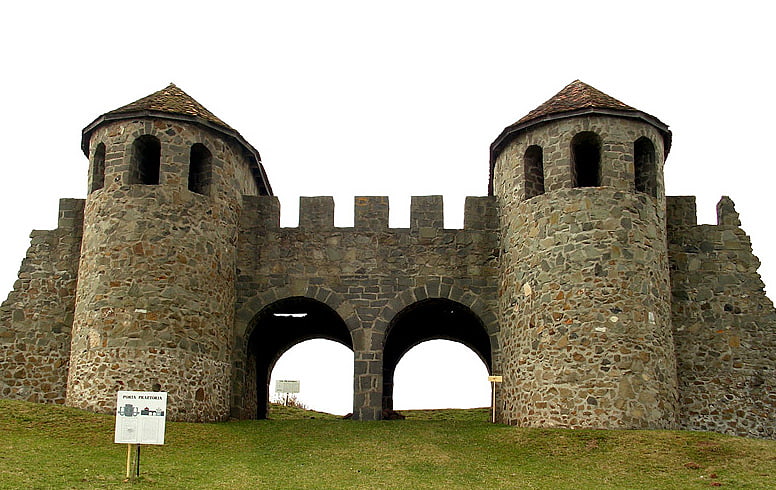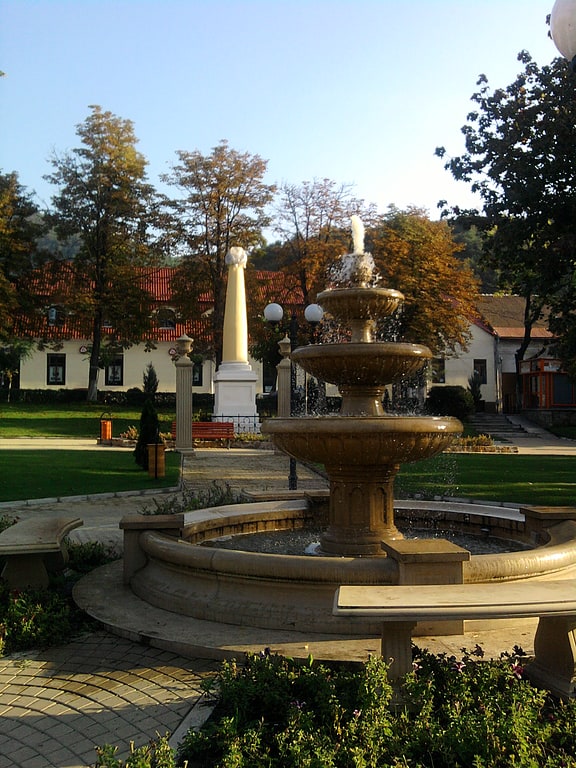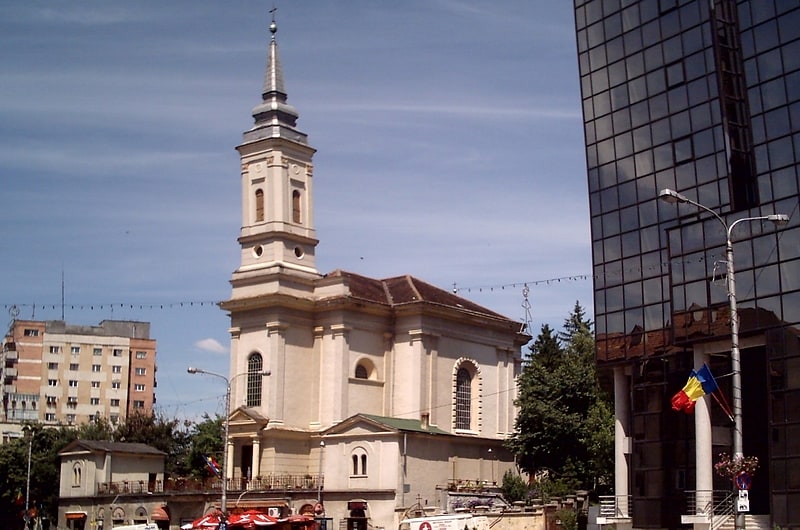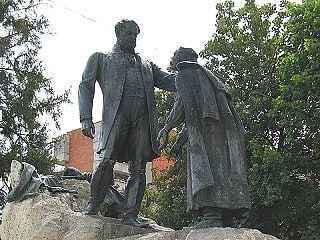Discover 9 hidden attractions, cool sights, and unusual things to do in Zalău (Romania). Don't miss out on these must-see attractions: Porolissum, Zalău County Museum, and Holy Trinity Statue. Also, be sure to include Catholic Church in your itinerary.
Below, you can find the list of the most amazing places you should visit in Zalău (Sălaj).
Table of Contents
Porolissum

Porolissum was an ancient Roman city in Dacia. Established as a military camp in 106 during Trajan's Dacian Wars, the city quickly grew through trade with the native Dacians and became the capital of the province Dacia Porolissensis in 124. The site is one of the largest and best-preserved archaeological sites in modern-day Romania. It is 8 km away from the modern city of Zalău, in Moigrad-Porolissum village, Mirsid Commune, Sălaj County.[1]
Address: Nearby Zalau City, 450002 Zalau
Zalău County Museum

Also known as: Muzeul Județean de Istorie și Artă Sălaj
Museum in Zalău, Romania. The County Museum of History and Art is a museum in Zalău, Romania, established in 1951.
Archaeologists from the museum took part in excavations in the region. In 2015, a stone sarcophagus was discovered during restoration of a sacred area at Porolissum. The find was unusual because the sarcophagus was not in the cemetery that had been previously excavated. The sarcophagus contains skeletal remains of a young peron, and the limestone lid has carvings that were common in Roman times. A hole in the lid suggests that the grave was robbed in antiquity.[2]
Address: Str. Unirii Nr. 9, Zalău
Holy Trinity Statue

Also known as: Statuia Sfintei Treimi, Șimleu Silvaniei
The Holy Trinity Statue is an obelisk in Șimleu Silvaniei, Romania.[3]
Catholic Church

Building in Zalău, Romania. The Catholic Church is a church in Zalău, Romania.
In 1241 the Roman Catholic Church dedicated to the Holy Cross was demolished during the Mongol invasion of Europe, which was rebuilt in 1246 by Transylvanian bishopric. In 1527 reformation reached Zilah (Zalău) and the Catholic Church lost its property in 1542.
The Protestant domination lasted for 123 years, during which period the Catholic faith stopped to exist in the city. In 1742 András Nagy invited Minorite priests to Zilah, however, they were driven away by Calvinist statesman Miklós Wesselényi. In 1748 there were only 7 Roman Catholic believers in the city. In 1752 a parson was appointed again, and in 1784 the court of Vienna allowed to build a Catholic chapel in Zilah.
The foundation stone of the present church was laid down in 1878, and the constructions, that was carried out by the plans of István Jenei, took 4 years to finish.[4]
Iuliu Maniu Square

The Iuliu Maniu Square is a major plaza in the Romanian city of Zalău.
It was named successively Kossuth Square (Romanian: Piața Kossuth) and Freedom Square (Romanian: Piața Libertății). The square shelters the most important banks in the county: BCR and Generali.[5]
Zalău City Hall

City or town hall in Zalău, Romania. The Zalău City Hall is a building in Zalău which was built in 1889.[6]
Address: Zalău, Iuliu Maniu Square
Reformed Church

Reformed church in Zalău, Romania. The Reformed Church is a church in Zalău, Romania, completed in 1907.[7]
Wesselényi Monument

Also known as: Monumentul Wesselényi din Zalău
The Wesselényi Monument is a monument in the Zalău, Romania.
This classified historic monument, conceived by János Fadrusz and opened on September 18, 1902, represents Miklós Wesselényi protectively embracing an old serf. The sculptor used a Romanian shepherd, Samson Pop (nicknamed Coleră) from Rona, as a model for the image of the serf.[8]
Dormition of the Theotokos Church

Orthodox church in Zalău, Romania. The Dormition of the Theotokos Church is a church in Zalău, Romania, built by the Greek-Catholic Church between 1930 and 1934.[9]